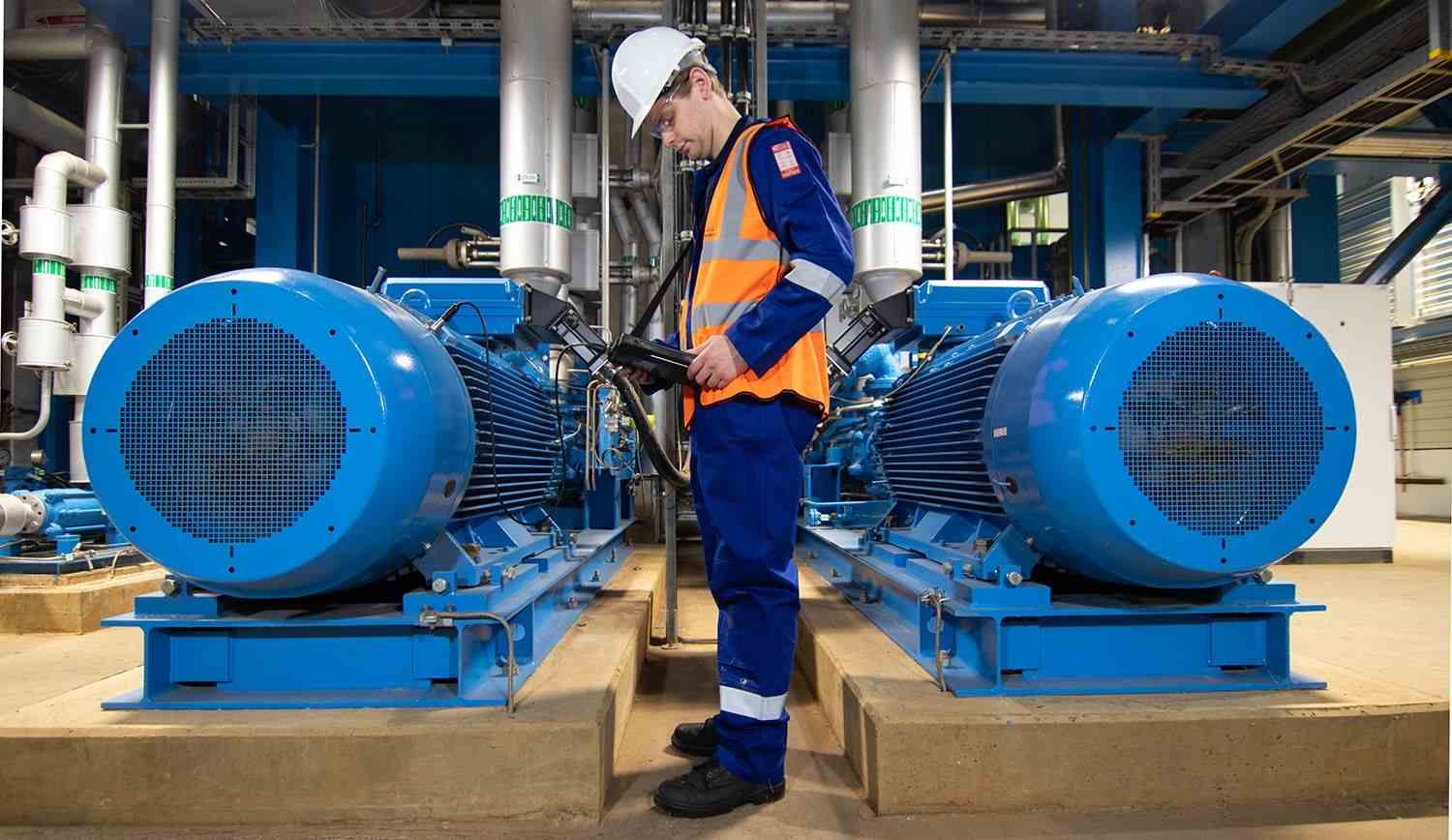Importance of Vibration Analysis in Maintenance

Authored by James Sylvester of Reliability Maintenance Solutions Ltd
Original Article Source, click here.
Vibration Analysis in Maintenance
Can your technicians make the replace-or-repair decision?
If you engage in any maintenance, you will want to ensure your technicians can make the replace-or-repair decision before complete system failure of key components takes place. The easiest way to manage this risk is with vibration analysis.
Vibration analysis allows you to detect early signs of machine failure/deterioration. This allows your technicians to replace or repair machinery before catastrophic system functional failure takes place.
It is well known that, all rotating equipment vibrates and as components begin to either reach the end of their serviceable life or begin to deteriorate, they start to vibrate in unique ways, and they may also start to vibrate more.
This is why it's so important to consistently monitor your equipment. Using vibration analysis, qualified technicians are able to identify any of the known failure mode indicators of wear and tear. Also, they can assess the possibility of future damage before it becomes unfixable and of a financial impact to the business.
Where can Vibration Analysis help technicians?
Now that we've briefly explained the importance of vibration maintenance, let's look at exactly how vibration analysis helps in maintenance.
Key components that can vibration monitoring and analysis can detect problems with include, but not limited to:
- Misalignment
- Bearing health
- Impeller operational issues
- Gear defects
- Bent shafts
- Component or machine balances
- Loose bolts, mounts, fasteners, etc.
- Electrical issues
- Process flow issues
Avoid serious equipment failure with vibration analysis
Essentially, vibration analysis will enable you to evaluate equipment health to avoid failures. How? Well, with modern vibration analysers you can get a comprehensive snapshot of what is happening with a particular machine.
This is possible because many modern vibration analysis units are able to display the complete vibration frequency spectrum and time of three axes at the same time.
Of course, for this information to be of any value, the person analysing the data has to understand the basics of vibration analysis, the failure modes of the equipment under analysis and how to apply this. View video here: https://youtu.be/EyIIH4bH1HI
The vibration data and what to do with it
When gathering data, you want to ensure you're gathering the complete data set. In other words, you need to get a full vibration signature for the vertical, axial, and horizontal axes on the driven equipment as well as both ends of the motor. And ensure that you will be able to resolve any indications of failure from the components within the asset.
Sometimes busy personnel may only get a read on one axis and this is problematic because oftentimes the problem is only one of the three axes. So, if you don't test them all, there's a good chance (1 in 3) that you'll miss the problem.
And since unexpected machinery failure usually harms the vibration program credibility, this can result in an unfixable problem. On the other hand, careful and comprehensive vibration analysis can predict problems.
In predicting problems, it makes it easier to successfully carry out beneficial predictive maintenance.
The difference between reactive maintenance and predictive maintenance
There are three main types of maintenance, reactive, predictive, and preventive maintenance. For this blog post, we are only going to look at reactive and predictive maintenance.
It is not that one is better than the other, but rather that each has their uses depending on the situation and the equipment criticality. Keep in mind it is all but impossible to remove the need for reactive maintenance.
Reactive maintenance
Reactive maintenance of machinery is sometimes also known as the run till failure approach. This method involves fixing problems after they happen.
Many businesses adopt this approach because it is the most easy option for maintenance. However, one downside of this approach is that it can result in expensive secondary damage and costly unplanned downtime, as well as the increased cost of additional labor and new parts.
But because of the lack of upfront costs, reactive maintenance is perceived as an easy solution to many maintenance solutions.
In order for reactive maintenance to be as effective as possible in the long run, vibration analysis and monitoring are essential. As this will help to ensure problems are detected at the beginning of the fail. Which will make fixing the fault easier, cheaper, and faster.
Without the vibration analysis and monitoring, the expense of the downtime, new parts, and more labor can be overwhelming.
Predictive maintenance
Predictive maintenance of machinery is the complete opposite of reactive maintenance. Essentially, this style of maintenance involves monitoring machinery as it operates. The purpose of which is to try and predict which parts are likely to fail, and when.
The potential advantage of this method is that maintenance—and so any necessary downtime—can be planned. The other advantage is that only those parts that show signs of damage or deterioration need to be changed.
This is distinctly better than reactive maintenance because it often results in fewer problems and less downtime. However, its start up costs can be far more expensive than reactive maintenance. Which is due, in part, to the higher costs in equipment and specialised training for staff.
By using vibration analysis, you can make reactive maintenance an effective, affordable solution. But, of course, without vibration analysis it's not hard to see why some businesses prefer predictive maintenance against reactive maintenance.
Vibration analysis in reactive maintenance
To get the best results from reactive maintenance, vibration analysis is your best friend. By analysing the vibration data acquired from this analysis, you can replace or repair only those parts which are showing the wear and tear.
It should also be reiterated that it is virtually impossible to eliminate the need for reactive maintenance. Even businesses with the strictest maintenance protocols and strategies in place, will find themselves engaging in some level of reactive maintenance.
After all, not only do accidents happen, but prediction isn't an exact science. You may think a component is fine for another few months only for it to become faulty a month earlier than your prediction.
This is just one reason why it is ideal to ensure you have routine vibration analysis capabilities to ensure your reactive maintenance work is carried out for the best possible result.
If you have any questions about the role of vibration analysis, please contact:
Email: info@rms-reliability.com
Tel/Fax: +44 (0)1206 791917




